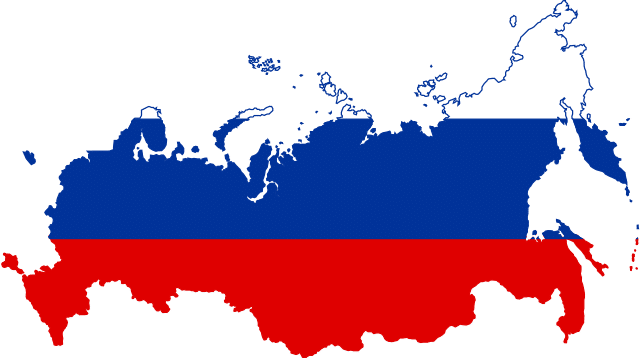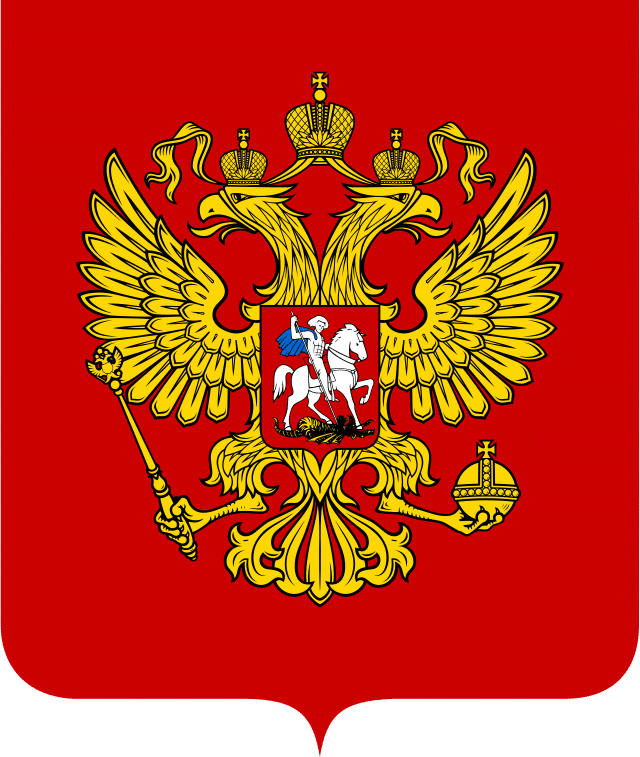One of the most well-known flags in the world is that of Russia, yet few people are aware of its cultural importance or rich historical background. The Russia flag has been a significant part of the history and identity of the nation since it first appeared in Russian mythology and was later adopted as the nation’s flag.
In this article, we go deeper into the history of the flag, from its usage in Tsarist Russia to its present position as a potent emblem of national pride.
Overview of Russia
An overview of Russia’s geography, culture, and demography is one of the most essential steps when you want to learn more about the Russia flag. Russia is the biggest nation in the world, occupying more than one-eighth of the planet’s landmass and straddling the European and Asian continents. Its neighbors include China, North Korea, Mongolia, Belarus, Ukraine, Georgia, Azerbaijan, Kazakhstan, Norway, Finland, Estonia, Latvia, Lithuania, Poland, Belarus, and the Baltic States. The largest city in Europe and the nation’s capital, Moscow, is situated in the country’s western region.
The history and culture of the Russian people go back thousands of years. They are renowned for their appreciation of literature, dancing, music, and the arts. Folk songs, classical music, and contemporary pop music are all included in Russia’s traditional music. Russian ballet is well-known across the world, and the nation has given the world some of the finest authors, like Fyodor Dostoevsky, Leo Tolstoy, and Anton Chekhov.
The Orthodox Christian religion, which predominates in the nation, has a significant impact on Russian culture. The most significant religious festival in Russia is Easter, which is enthusiastically observed throughout. Christmas, New Year’s Day, and Victory Day, which honor the conclusion of World War II, are other significant holidays.
Additionally, the Russian people have a long history of creating crafts, including lacquer box painting, needlework, and ceramics. Among the traditional Russian foods are borscht, pelmeni, blini, and caviar. Another significant element of Russian culture is vodka, which is frequently consumed at festivities and other social events.
Russia is the nation with the most time zones in the world, spanning across 11 different time zones. Currently, the time in Russia is Moscow Standard Time, which is GMT+3.
Geography
Russia is a huge and varied country in terms of its terrain. The nation is divided into European and Asian portions by the Ural Mountains, and much of its eastern region is covered by the Siberian Plateau. Several significant rivers, including the Volga, Ob, and Yenisei, as well as Lake Baikal, the deepest lake in the world, are also found in Russia. The climate of the nation varies from subarctic in the north to temperate in the south, with cold, snowy winters and cool, dry summers.
Russia is a biologically rich country with a wide variety of plants and animals. Nearly half of Russia’s territory is covered by the taiga forest, the country’s major environment. The Amur tiger and Amur leopard are only two of the endangered creatures that call this nation home.

Design & Symbolism of Russia Flag
The Russian flag is a tricolor composition with three red, blue, and white horizontal stripes. The flag is composed of three horizontal stripes: a top white, middle blue, and bottom red stripe. The stripes have a 2:3 ratio in terms of their dimensions and are all the same height. This shows that the blue and red stripes are twice as tall as the white stripe, which is twice as wide.
The colors of the Russian flag have significant historical and metaphorical meanings. Red denotes courage and valor; blue is dedication and honesty; and white is innocence. These hues have been linked to several facets of Russian history and culture, ranging from the Byzantine Empire to the Soviet Union.
The measurements and dimensions of the Russian flag are strictly prescribed by legislation. The width of the flag should not be less than 1 meter nor greater than 1.5 meters, and the length thereof shall not be less than 1.5 meters nor greater than 2.25 meters. Additionally, a flagpole that is at least 2.7 meters tall must be used to raise the flag.
History Of Russia Flag
The long and complicated history of the Russian flag reflects the nation’s numerous political and cultural transformations throughout the ages. Let’s take a look at how the flag has been developing over the years.
The Kievan Rus Flag
The Kievan Rus, a loose confederation of Eastern Slavic tribes, used banners with diverse emblems and colors to identify themselves in combat, which is when the oldest known flags in Russia were created. The early flags varied greatly depending on the tribe or location and were frequently basic patterns made of fabric or animal hides.

Saint Andrew’s flag
A new flag known as the “Saint Andrew’s flag” was created in the 15th century under the reign of Ivan III. It had a white saltire on a blue background. Peter the Great later declared this flag to be the Russian flag at the beginning of the 18th century.
Tsar period
The Russia flag experienced several design and symbolic alterations throughout the Tsar period. A new flag with three horizontal white, blue, and red stripes was unveiled in the 19th century. White for God, blue for the Tsar, and red for the people were thought to stand for the three pillars of the Russian state.

Soviet Union’s crimson flag
The Soviet Union’s crimson flag, which stood in for communism and the working class, was used in its place during the 1917 Russian Revolution. However, the white-blue-red tricolor flag was reinstituted as Russia’s national flag following the dissolution of the Soviet Union in 1991.
Current Russia Flag
Following the dissolution of the Soviet Union, the present Russia flag, which has three horizontal stripes of white, blue, and red, was approved on August 22, 1991. The Soviet Union’s former flag, which had been in use since the early 1920s, was replaced with this one. However, the white, blue, and red tricolor flag’s design has its roots in older flags of the Russian Empire, which made use of comparable hues and patterns. The Tsarist era is when the current Russia flag’s design first appeared, even though it was only formally approved in 1991.
Since then, a number of historical occurrences and movements have been linked to the Russia flag. The flag came to represent Russia’s annexation of Crimea in 2014, which was roundly denounced by the international community. Opposition organizations and protestors have also flown the flag, which they view as a representation of liberty and democracy.

Russia Flag Protocol
The principal criteria and rules regulating the usage of the Russian flag are briefly summarized as follows:
- The Russian flag should fly on official government structures, military sites, and other significant public structures like embassies and consulates. Civilian structures like schools, hospitals, and other public institutions should also fly the Russia flag.
- The Russia flag should never touch the ground and should always be flown from a flagpole.
- At regular hours, the Russian flag should be flown fully, and at times of national grief or remembering, it should be flown at half-mast.
- Except for the flag of the United Nations, the Russian flag shall never be flown upside down, beside, or below any other flag.
- Any disrespect or degradation of the Russia flag is seen as a serious violation, and it should always be handled with respect.
The Russia flag’s employment in military and diplomatic circumstances is a significant component as well. The significance of the flag and its function in symbolizing the Russian people and their government are reflected in the ceremonial rituals that are frequently utilized with it in certain contexts, such as salutes and honors.
Coat of Arms of Russia
The Russian coat of arms, which depicts a two-headed eagle clutching a scepter and an orb, is frequently shown beside the flag. History begins in the fifteenth century when the Grand Duchy of Moscow adopted the Mongol Empire’s symbol as its own. The two-headed eagle on this insignia represented the union of East and West as well as the might and control of the reigning dynasty.
The coat of arms has undergone various alterations throughout the ages, reflecting Russia’s shifting political and cultural environment. The Soviet Union’s insignia, which included a hammer and sickle as well as other emblems of the socialist revolution, took on the role of the coat of arms throughout the Soviet era.
The Russian Federation created a new coat of arms following the fall of the Soviet Union in 1991 that included features of both the Soviet and pre-revolutionary symbols. A two-headed eagle with wings spread wide and carrying a scepter and an orb in its talons is shown on the current coat of arms. Red, white, and blue, the colors of the Russian flag, serve as the eagle’s backdrop.

Bottom Line
Above in this article, we gave an overview of the history and significance of the Russian flag. Three colors, which stand for the Russian people’s beliefs, traditions, and conflicts, have significant cultural and historical meanings.
The Russia flag continues to be a significant factor in determining the identity and destiny of the nation, whether it is proudly flying from a public building or being waved by demonstrators.